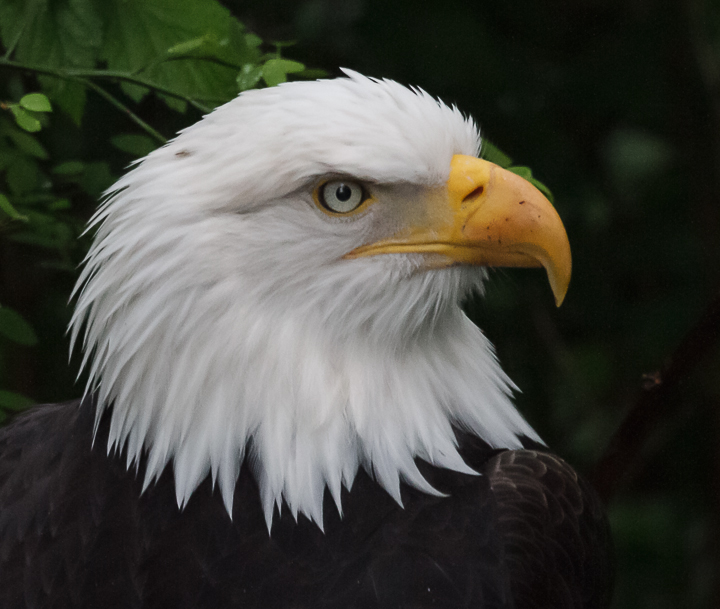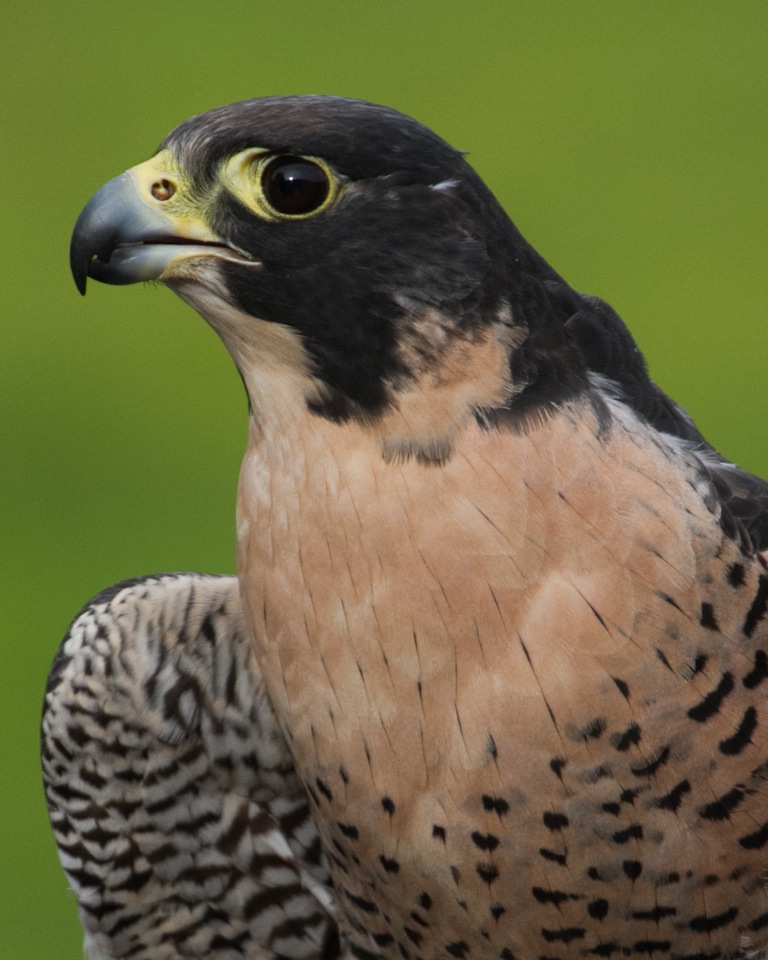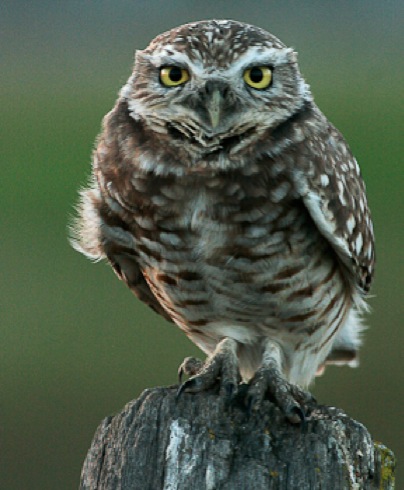Green Big Year Birding
I have done over 30 years raising funds for
Point Blue Conservation Science. This is a sample of one of my rides
This was Green ride counting birds from my bicycle.
Late in the afternoon of September 25 I biked the 24 miles from our house in Inverness to Jim White’s house in Muir Beach. We discussed strategy and which birds we would have to make a special effort to find the next day on our PRBO Birdathon. Traveling by bicycle to find a large number of birds presented a distinct challenge.
We started riding at 5:00 the next morning; biking from the small coastal hamlet of Muir Beach towards Muir Woods. Dave McKenzie, Josiah Clark and Ivan Samuels, all excellent birders joined our effort. It had been foggy the previous afternoon so we were quite pleased that the morning sky was clear. The stars were brilliant, Orion, a constellation that I hadn’t seen in months looked down on me. Jupiter was the largest and brightest object in the sky. Our headlamps outlined cones of light in front of us. A Great Horned Owl called, the first of several. And the resident Barn Owl made a raspy sound from the barn east of Highway One.
It was 49 degrees, not particularly cold, but I was glad I had several layers on and that there was no wind. The morning was remarkably beautiful, but it was dark as night and biking just with the light of my headlamp was a new sensation. I quickly noticed that my reduced visual sense had my ears primed to a heightened extent. Fortunately there were no cars on the road.
At a canyon of large oaks and bays we stopped and walked across the road. I whistled “whee-whee-whee-whee.” The quivering sound that responded was identified as a Northern Saw-whet Owl. We continued walking up the road past the main entrance to Muir Woods. In a place visited by thousands of people almost everyday, it was strange to be the only ones under these lofty trees. The redwoods were silent except for our bike shoes crunching on the asphalt and another Great Horned Owl calling off in the distance.
Although the brighter constellations were still visible, the sky was now a pale blue color. It was a little after 6:00 and the day was beginning. Just then we heard the half barking sound of a Spotted Owl. We had hoped for a Barred as well, but four owl species was a great way to begin our birdathon.
Muir Woods was a welcome stop. We soon heard the dawn calls of Pacific Wren, Dark-eyed Junco, Steller’s Jay and American Robin.
As we rode back down to Muir Beach along Redwood creek there were a few more cars to avoid, but fortunately not many. We yelled out the birds we were seeing or hearing as we coasted back to Muir Beach; Red-tailed and Red-shouldered Hawk, Hairy Woodpecker, Flicker, Song Sparrow, Spotted and California Towhee. The early morning sun bathed the hilltops, but we were still riding in the cold canyon. For some reason it felt colder than when we started our ride.
We stopped by a brushy area with head high coyote bush. Josiah showed why he eschews biking shoes in favor of rubber knee boots and waded into the brush. He flushed up an Orange-crowned Warbler amongst the bushtits, American and Lesser Goldfinches. Across the road Lincoln’s and Golden-crowned Sparrow called and perched briefly.
Back at Muir Beach we dumped our bikes in front of Jim’s house, grabbed some scopes and hurried down to the sandy beach. Chestnut-backed Chickadees, Anna’s Hummingbirds and Pygmy Nuthatches fed busily at his feeder while a Nuttall’s Woodpecker called from the trees. At the small estuary a Belted Kingfisher flew from one perch to another while a Yellow Warbler darted through the willows. There was patchy fog over a relatively calm and brightly lit ocean. In less than ten minutes we had picked out Elegant Tern, all three species of cormorant, Brown Pelican, Western, California and Heermann’s Gull, Common and Red-throated Loon.
A major restoration project here will allow a more natural transition of riparian habitat to the beach and salt marsh. The lush willows gave us Townsends Warbler and two bonus birds; House Wren and Pacific-slope Flycatcher, but it was 8:30 and time to head north, before we got behind in our schedule.
Tourists and local residents driving their cars up the hill north of Muir Beach probably don’t think much about its steepness and just enjoy the views. However, this was the hardest hill of the day and the clothes that just a short time ago kept us warm were now too heavy. At the overlook we shed layers and tried to see the ocean and rocks 500 feet below, but the fog had become more than patchy. Despite the fog we could hear the calls of young Common Murres rising up towards us. We kept riding north hoping for a better view.
Although I used to drive this road several times a week when I commuted from Stinson Beach to San Francisco in the 1980s I was usually in a rush and didn’t always appreciate the coastal scenery as I did this morning. The view was stunning indeed as it stretched from the triple peak of Mt. Tam across redwood and fir slopes to the hills that dropped to the beach and rocky sea stacks. Near Slide Ranch the fog had opened allowing us to gaze at the rocks below. The small gray blobs on a seaweed-covered rock were Surfbirds while the darker ones were Black Turnstones. One single Black Oystercatcher patrolled the rock. What a great find!
A group of Western and Clark’s Grebes resting on the ocean were visible from another overlook just south of Stinson Beach. Another jaeger eluded me, but it was impossible not to see a Peregrine Falcon that streaked by, seemingly just a few feet in front of us. But it was 10:30 and in the distance we could see that the rising tide had covered most of the mudflats in Bolinas lagoon. We had planned to arrive at the lagoon when smaller shorebirds would still be feeding at a lower tide.
Quickly we rode out to Seadrift to see what shorebirds might still be about. The larger ones were easy, Marbled Godwit, Whimbrel and Long-billed Curlew stood only a few feet before us. Many other birds were crowded onto a shrinking sandbar; Black-bellied Plover and two smaller shorebirds that we determined were Dunlin, but the smaller peeps had escaped to some distant high tide roost. Several Greater Yellowlegs fed in the Bolinas channel.
Biking around Bolinas Lagoon is a treat, except when there are a lot of cars to avoid, as one is close to the estuary, riparian habitat and coastal scrub. Near the latter area we played a tape and after a few moments heard the distinctive “deer, deer, deeer,” call of a Rufous-crowned Sparrow. I especially enjoyed getting this bird, which we soon saw on top of a bush, as they are restricted in occurrence and it was a new one for my Big Green Year list as well. The high tide meant that we were mostly seeing ducks in the lagoon now; American Wigeon, Gadwall, Northern Pintail and Green-winged Teal. An Osprey soared overhead.
The road into Bolinas was quieter than the highway and Ivan amazingly found a Tennessee Warbler posing motionless on an oak branch. Normally they keep the company of resident bushtits or chickadees. From the Pine Gulch Creek delta we looked over the gulls and ducks. Two American Avocets flew up showing off their fancy black and white wing pattern. Willets also have distinctive wings in flight and we saw several. A Common Yellowthroat and Savannah Sparrow perched on the gumweed. One of them was a very uncommon Large-billed Savannah Sparrow. A distant Cooper’s Hawk flapped over the trees.
In the tangle of willows, alders and other plants a Downy Woodpecker called out while a Rufous Hummingbird fed briefly from pink hedge nettle flowers. It was pausing on a journey that could have started as far north as Alaska and would not end until the tiny bird arrives in central Mexico. The woodpecker conversely could spend its entire life in this one patch of trees.
We stopped at Keith Hansen’s gallery in Bolinas to eat lunch and scrutinized his feeders. A House Sparrow was a good find here and we continued on. The sewage ponds were disappointing, few ducks and shorebirds were present. However, a Western Meadowlark and Sharp-shinned Hawk were nice additions. We figured that we had about a hundred species and the rest of the day would be hitting specific sites with the hopes of finding less common birds at each one.
The high bluff above Duxbury Reef gave us a great spot to scan the ocean and rocky shore below, but only one new species, a distant Sooty Shearwater. The Bolinas stable and nearby grasslands were a new location for me. For a pair of White-tailed Kites it was home. Western Bluebirds perched on the wires and a Northern Harrier flew low over the fields. Further out the road a detour took us to a “secret” pond, but there were no birds on it. Perhaps the coyote walking along the shore was the reason. An American Kestrel perched in a cypress tree nearby didn’t seem to mind. The rest of the group enjoyed views of a Palm Warbler on a wire that regrettably I missed.
As the others began to ride further out Mesa Road I left them knowing that I had many miles to pedal north back up to Point Reyes. Along the lagoon I was able to pick out Least and Western Sandpipers feeding on the mud that the receding tide exposed. An Acorn Woodpecker called out from the oak covered ridge above the road. It took ten minutes to bike up the curving stretch of Highway One that locals refer to as thirteen corners, but it seemed longer.
I was happy that I felt moderately strong after twelve hours, but it was 4:45 and the sun was sinking closer to the ridge. The firs near Five Brooks pond however, were still bathed in sunlight and I was thrilled to find a lot of bird activity there. Even more so when I saw that the flock included both Hermit and Black-throated Gray Warblers. It was also great to see Wood Ducks and Pied-billed Grebes even if I couldn’t find a Pileated Woodpecker.
As I sped up Highway One I was glad to see a Bobcat sitting in the grass, a nice addition to the mammal list that included a Gray Fox I had seen earlier. By the time I got to the Bear Valley headquarters area of Point Reyes National Seashore the trees were in shade and the bird activity had definitely declined. However, a flock of Tree Swallows were busily feeding high overhead. I couldn’t find a Say’s Phoebe, but an Oak Titmouse called out as a biked on to Olema Marsh.
As I slowed near the marsh first one and then several more Virginia Rails called. I slapped my hand against my thigh hoping the noise and my whistled imitations would elicit a response from a Sora, but only a Marsh Wren called back.
It was 6:30; I knew I only had about an hour before dusk. There were a few easy birds I could get and some long shots. A Eurasian Collared Dove flew across the road as I biked into Point Reyes Station. In a few minutes I saw its relative, a Rock Pigeon, perched on the Grandi building. There were no waxwings or mockingbirds. Near the school I had one last view of the sun’s amber glow on the ridges and slopes of Black Mountain, but the eagle that occasionally perches there was not.
The pond where the Moorhens have been breeding the last few years produced several.
I quickly biked to a viewpoint of the restored Giacomini wetlands. Several large white birds swam in the tidal channels below. The American White Pelicans were expected as they spend a lot of the year here. A single Mute Swan was also easy to see. Closer below I glanced at a group of godwits that included seven smaller shorebirds, but with proportionally larger bills. They were dowitchers and when they flew off their slurred whistle like call identified them as Short-billed.
The sunset glow had faded to blue light, but darker than the blue light that I had experienced above Muir Woods thirteen hours before. I rode out to the new pond near the old milking barn. Susan played tapes of Green Heron and Sora. Neither responded and my hopes for those species and even the bittern that we had seen a few weeks before faded. However, just as the mosquitoes started biting my exposed legs I was thrilled to hear the sharp nasal sound of a Wilson’s Snipe.
Cars sped by me on the road, but I was extra cautious as I biked in the dark now. I stopped at Olema Marsh and whistled for a Sora again. Immediately one called back. Further down the road, just past the bakery, I stopped and listened in between the sounds of the passing cars. The honking calls of several Canada Geese came through the darkness. I was happy to call that usually common bird my last and headed home. It was 8:00 and I had been on the go, barely sitting down, for fifteen hours.
Over dinner and a cold beer I counted up the species. I had missed at least five or six relatively common birds, but I was thrilled with the owls, rocky shorebirds and other less common species. Just to be out in so many wonderful places that long was a great bonus. My total for the day was 132, the most I had ever recorded without the assistance of a car. More importantly that high number and your generous sponsorship will help PRBO Conservation Science carry out its work to protect birds and bird habitats.



